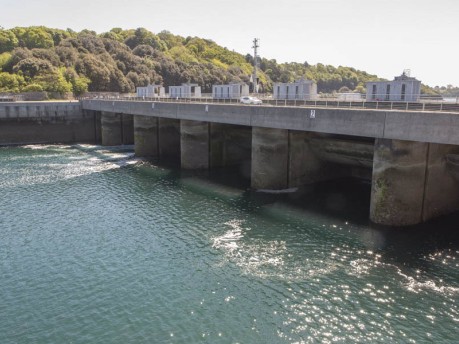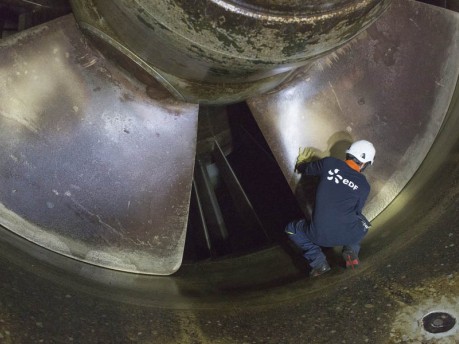Marine energy represents a renewable energy source that harnesses the power of the oceans - waves, tides, currents, or temperature differences - to generate electricity. It has the advantages of being predictable, abundant, and low in greenhouse gas emissions. In France, EDF operates, develops, and supports innovative projects, thereby contributing to the energy transition and the diversification of renewable energy sources

The energy of the tides
Tidal power uses the water level differential between the tides to generate electricity. A pioneer in this field, EDF has been developing this energy since 1966, thanks to its plant built at the mouth of La Rance, in Brittany.

Hydropower
Hydropower harnesses the kinetic energy contained in the ocean’s tidal currents to produce electricity. For several years, EDF has been contributing its expertise to the development of the tidal turbine industry through the Paimpol-Bréhat sea testing site in Brittany.

